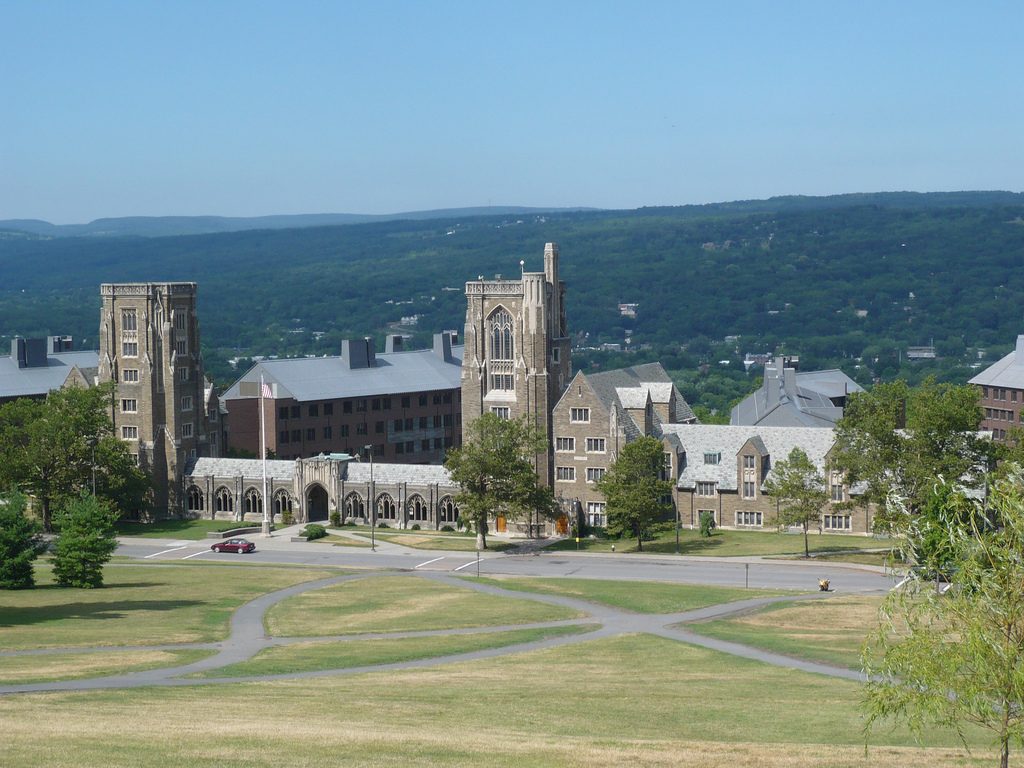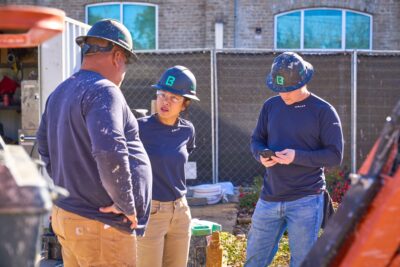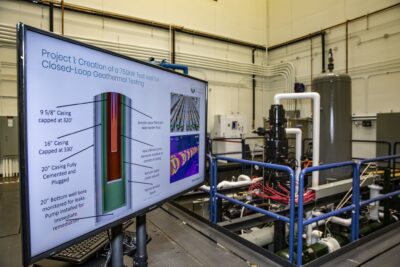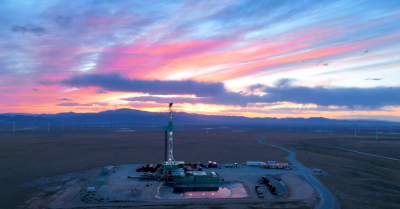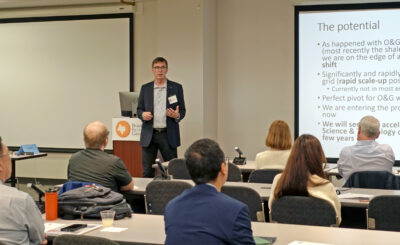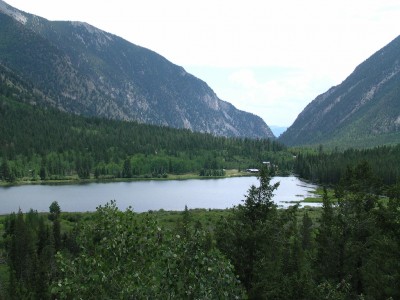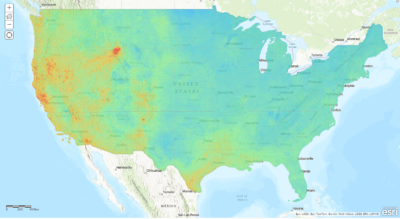Drilling to determine potential for geothermal heating at Cornell University, New York
At a recent virtual forum, faculty of Cornell University and staff shared details on the next steps for the school's Earth Source Heat (ESH) project that is to determine the potential to be heating the school with geothermal energy.
Cornell is moving forward, and underground, with plans to drill an observatory borehole to explore the viability – and ensure the safety – of using geothermal energy to heat the Ithaca campus, so a news piece on Cornell’s website..
At a virtual community forum Jan. 19, a Cornell faculty and staff panel outlined the next steps for testing Earth Source Heat (ESH), the process by which water would be extracted from the Earth’s crust, its heat transferred to a separate supply of water flowing within Cornell’s heating distribution pipeline to heat most of the Ithaca campus buildings, and the original geothermal water returned to the subsurface.
“Not only would Earth Source Heat enable Cornell to heat our campus without burning fossil fuels,” said Rick Burgess, vice president for facilities and campus services and co-chair of the Sustainable Cornell Council. “It also brings an exciting opportunity for scientific discovery.”
Cornell first began exploring ESH in 2009, when the university created its Climate Action Plan, and has refined the concept in recent years through a series of studies and workshops. A $7.7 million grant from the U.S. Department of Energy (DOE) announced in August 2020 effectively established Cornell as the national test case for the technology.
“One of the many benefits of this project is that it will help us to achieve our goal of carbon neutrality on the Ithaca campus by 2035,” said Joel Malina, vice president for university relations, who moderated the forum. “So we anticipate significant – capital letters, significant – emissions savings.”
The mechanics of ESH are relatively straight forward. Hot geothermal water is extracted by pumping from a production well and then through a heat exchanger. The water is reinjected into a second well so that it can circulate through the naturally hot rocks via a network of underground pores and crevices, and the water’s temperature rises again as it is drawn back to the production well. At the heat exchanger, heat is transferred to a secondary loop that runs through campus and connects to individual buildings. The geothermal water and the campus heating water do not mix.
Based on preliminary estimates, the Ithaca campus could be heated by three or four pairs of wells, Burgess said, but additional research and analysis are needed to determine if the project is feasible and to mitigate potential adverse consequences.
Therefore, the university is set to construct a 10,000-foot deep observatory borehole to be located on a small facilities parking lot near Palm Road. The gravel lot is currently used as a contractor staging area and is owned by the university.
The Cornell University Borehole Observatory (CUBO) will enable researchers to study how much heat can be produced by geothermal energy, if it will be sufficient for the campus’s needs and for how long, and what, if any, are the unintended effects.
The CUBO team has already identified three distinctly different geological zones to target.
“Knowing the precise depths and corresponding temperature, sustainable fluid flow rate, fluid character and rock type of each target helps us to quantify the benefits, costs and risks of any future project,” said Steve Beyers, the lead ESH engineer with Facilities and Campus Services. “We anticipate our systems approach will be very different for each targeted zone. Each presents different challenges, technically, environmentally and physically. Reaching these goals will help us decide if a project here in Ithaca is feasible and safe.”
The researchers will be specifically looking for rocks that are hotter than 70 degrees Celsius, or approximately 160 degrees Fahrenheit, said Terry Jordan, the J. Preston Levis Professor of Engineering.
Fluids will not be circulated within the CUBO exploratory borehole, nor will heat be extracted from it. CUBO will exist solely for the collection of data and future monitoring, such as tracking the change of fluids, temperature and mechanical conditions in the subsurface, Jordan said.
The diameter of the hole will be 36 inches at the surface and will contain progressively smaller casings in progressively thinner holes, all narrowing around a central 8-inch casing that extends the full length of the borehole, along with fiber-optic cables to collect and transmit data.
The borehole will be surrounded by five layers of casing and cement to isolate it, with no sections open below ground, said Tony Ingraffea, the Dwight C. Baum Professor of Engineering Emeritus.
“It’s not a gas well, it’s not an oil well, it’s not going to be a fracked well,” Ingraffea said. “It’s a data well. The only thing coming out of it is information … This team is using best available engineering and technology to de-risk this exploration phase of the project.”
The only chemicals that will be used in constructing CUBO are those that are typically added to drilling mud – such as water and bentonite. They are nonhazardous, noncarcinogenic and nothing like the chemicals used in drilling shale gas wells, Ingraffea said.
While one of the experiments scheduled for CUBO will use high-pressure water to locally fracture a portion of rock, Ingraffea said, “under no circumstances would we ever be doing anything close to what’s being done to our neighbors to the south in Pennsylvania right now.”
To ensure the safety of the CUBO drilling and activities, four water-monitoring wells have been installed around the CUBO site. A range of seismometers have already been placed around campus – on the surface and below ground, and near and away from the site – to establish a baseline of natural seismic activity, as well as to detect human-induced seismicity, such as pile drivers used in downtown Ithaca construction and quarry explosions.
The nearest private water well is nearly a mile away from the site, Ingraffea said.
CUBO’s planning and design will take about six months, and construction is expected to begin in late summer. The drilling and “logging” – in which special tools are sent down the borehole to collect data and test the subsurface – will last about eight months, Beyers said.
“The (DOE) grant itself will run for three years,” Beyers said. “During the remainder of that time, we will continue to gather data, analyze data, refine estimates, and help the DOE determine the feasibility of this type of technology in this general geological region – not just for Cornell, but for others who may have similar hopes for a future of renewable sustainable heat.”
Source: Cornell University
